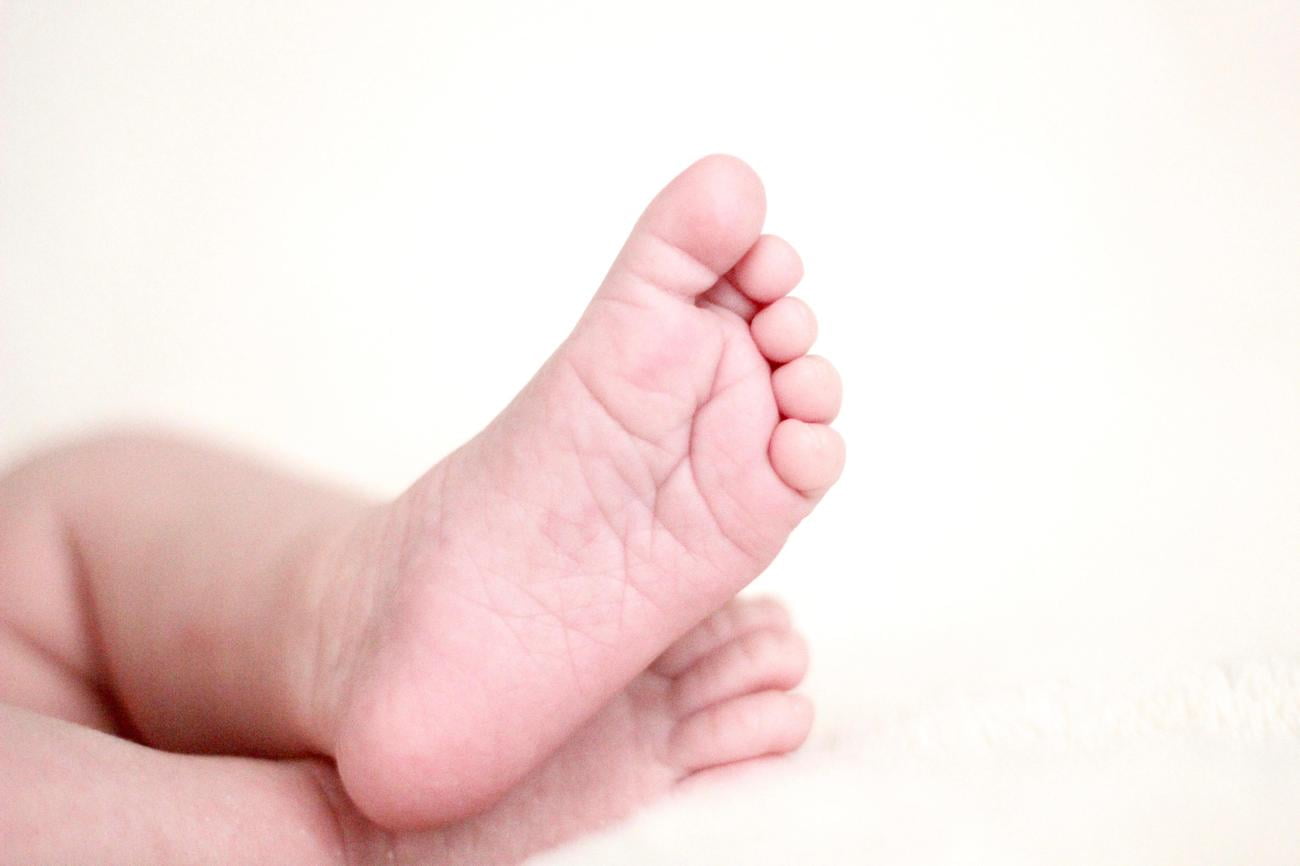Are you ready to take a walk on the wild side? This article is about to take you on a fascinating journey into the world of feet, where you’ll uncover some truly surprising discoveries. From mind-boggling myths to little-known phenomena, we’re about to peel back the layers of the human foot and reveal some jaw-dropping facts that will leave you amazed. So, get ready to put your best foot forward and prepare to be dazzled by the unexpected wonders that lie beneath your toes.

Surprising Facts About Feet
Feet may seem like ordinary body parts, but they hold some astonishing secrets. From their intricate structure to their remarkable adaptability, our feet are truly a wonder of nature. Join me as I uncover some surprising facts about feet that will amaze and intrigue you.
1. The Foot’s Complexity: A Tranquil Symphony of Bones and Joints
Did you know that each foot contains a whopping 26 bones? Even more fascinating, 14 of these bones are nestled within our toes! But it doesn’t stop there. The foot is home to an impressive 33 joints, which allow for fluid movements. These joints act as a mobile adaptor, enabling us to traverse through various terrains with ease. Imagine the foot as a conductor, orchestrating a tranquil symphony as we walk, run, and dance.
The foot’s intricate structure, with its 26 bones and 33 joints, harmonizes movement with grace and precision.
2. Sole Power: A Lively Meeting Point for Sweat Glands and Nerve Endings
Ever wondered why your feet emit so much sweat? Well, here’s a mind-boggling fact: the soles of our feet are equipped with more sweat glands and nerve endings per square inch than any other part of our bodies! These abundant sweat glands help to regulate body temperature and keep our feet moisturized. So, the next time your foot feels a little moist, remember that it’s nature’s design at work.
From numerous sweat glands to countless nerve endings, the soles of our feet are a buzzing hub of activity.
3. Childhood Flexibility: Cartilage Takes the Lead
Babies may be adorable, but their feet hold a surprising secret. At birth, their feet are composed of predominantly cartilage rather than bone. Over time, this cartilage gradually transforms into bone, allowing the feet to grow and develop. It’s like watching a masterpiece come to life, as the delicate cartilage molds itself into the solid foundation of our feet.
In the early stages of life, tiny feet are shaped by flexible cartilage, gradually transforming into sturdy bones.
4. Toe Thumb: Unlocking the Mysteries of Surgical Innovation
Losing a thumb can be a daunting experience, but did you know that our toes can lend a helping hand? Surprisingly, surgeons can replace missing thumbs with toes! The remarkable dexterity and structure of our toes make them a suitable substitute for a thumb. This awe-inspiring medical feat showcases the adaptability and versatility of the human body.
When one door closes, another opens. In the case of missing thumbs, toes can step up to the plate and become the ultimate stand-ins.
5. A Shoe Saga: Thousands of Years in the Making
Shoes have been an integral part of human history for a staggering 40,000 years. From primitive leather coverings to the high-tech footwear of today, shoes have evolved alongside human civilization. They offer not only protection but also a means of self-expression. As we slip on our favorite pair, we can connect with the countless generations that preceded us, all the way back to our ancient ancestors.
Shoes are not just fashion statements; they are the echoes of our collective story, spanning millennia.
6. The Maturing Process: Foot Bones Reach Full Potential by 21
While most bones in our body reach their maximum growth during adolescence, our foot bones take a little longer to mature. In fact, foot bones continue to develop until the age of 21. This extended maturation period ensures that our feet are strong and sturdy, ready to support us throughout our adult lives.
Our feet may take a few extra years to reach their full potential, but the wait is worth it for a foundation built to last.
7. Foot Cheese Festival: A Celebration of the Unusual
In the realm of the peculiar, Ireland once hosted a foot cheese exhibition. Yes, you read that correctly! This peculiar gathering celebrated the aromatic delights that can emerge from our feet. While it may not be everyone’s cup of tea, it serves as a reminder that our bodies are capable of strange and intriguing phenomena.
From the bizarre to the unexpected, the world of foot cheese highlights the fascinating wonders that our bodies can produce.
8. Ticklish Feet: A Tickle of Nerve Health
Have you ever wondered why some people have ticklish feet? Surprisingly, this ticklish sensation is not just for fun; it can also indicate good nerve health. Ticklish feet demonstrate the presence of responsive nerve endings, indicating a well-functioning nervous system. So the next time a feather grazes your foot, take a moment to appreciate the intricate network of nerves that keep you on your toes.
Ticklish feet may hold more significance than we think; they can be a playful testament to our nervous system’s vitality.
9. Sweating It Out: Millions of Sweat Glands in Your Feet
It’s no secret that our bodies rely on sweat glands to regulate temperature. Well, here’s an astonishing fact: humans have millions of sweat glands, and a significant portion of them are located in our feet. These glands work tirelessly to cool down our tootsies and maintain optimal body temperature, ensuring that we stay comfortable and composed.
When it comes to cooling off, our feet have a league of hardworking sweat glands tucked away, ready to keep us fresh.
10. The Step Count: A Walking Journey of Thousands
Every day, our feet carry us through life, step by step. On average, a person walks between 8,000 and 10,000 steps per day. It’s quite remarkable to think about the distances we cover, from bustling city streets to serene nature trails. So take a moment to appreciate the tireless effort of your feet as they guide you through life’s journey.
Amidst the hustle and bustle, our feet remain steadfast, clocking in thousands of steps each day as we make our mark on the world.
11. The Growing Footprint: The Rise of Larger Feet
If you’ve noticed that shoe sizes seem to be getting bigger, you’re not mistaken. Over the years, foot size and width have been increasing in the population. While the exact cause of this trend is not fully understood, factors such as improved nutrition and genetics may play a role. So, don’t be surprised if you find yourself needing a larger pair of shoes with each passing year.
As our world grows, so do our feet. The increasing shoe sizes reflect the evolving landscape of our bodies.
12. Heel Woes: The Gender Disparity
When it comes to foot problems, women bear a heavier burden than men. Wearing high heels, a trend often associated with femininity and fashion, takes a toll on the feet. In fact, women are four times more likely than men to develop foot problems due to high heels. So, while those stylish stilettos may elevate your fashion game, be mindful of the impact they have on your foot health.
High heels may enhance elegance, but they come at a cost. Women face a higher risk of foot problems in their quest for fashionable footwear.
13. Common Complaints: The Prevalence of Foot Problems
Foot problems are incredibly common, with a staggering 75% of people experiencing some form of foot issue. Among these problems, sprains and strains take the lead, accounting for 60% of foot injuries. From twisted ankles to overworked arches, our feet bear the brunt of our activities. It’s essential to prioritize foot care and seek proper treatment when needed to keep our feet happy and healthy.
Foot problems may be widespread, but with the right care and attention, we can alleviate discomfort and stride confidently through life.
14. The Callus Conundrum: Corns and Calluses
Corns and calluses may be an annoyance, but they are also a fascinating aspect of foot health. Did you know that approximately 5% of Americans have these hardened areas of skin on their feet? These protective layers can develop as a result of friction or pressure from ill-fitting shoes or repetitive activities. While they may be a nuisance, they remind us of the resilience of the human body.
Corns and calluses, though less desirable, serve as a reminder that our bodies are adaptable masterpieces, designed to withstand the trials of life.
As we bid farewell to this captivating journey through foot facts, let us marvel at the intricate wonders of our feet. From the bone-dotted toes to the rhythm of joint movement, our feet possess a fantastic blend of resilience and adaptability. So, take a moment to wiggle your toes and appreciate the marvel that lies at the foundation of your body. After all, our feet are more than just a means of transportation; they are a testament to the remarkable complexity of the human form.
Did you know that the foot is a truly fascinating part of the human body? From the complexity of its structure to the incredible range of movements it allows, there are so many fun facts to discover about the foot. If you’re curious to learn more, click here for some interesting insights about this often overlooked body part: fun facts about foot. You won’t believe the amazing things your feet are capable of!
FAQ
Q: How many bones are in each foot?
A: Most people have 26 bones in each foot, with 14 of them found in the toes.
Q: How many joints are in the foot?
A: The foot contains 33 joints, making it a great mobile adaptor.
Q: Which body part has the most sweat glands and nerve endings per square inch?
A: The soles of our feet have more sweat glands and nerve endings per square inch than any other body part.
Q: Do babies have more cartilage or bone in their feet?
A: Babies are born with more cartilage than bone in their feet.
Q: Can toes be surgically replaced with lost thumbs?
A: Yes, toes can sometimes be surgically replaced with lost thumbs.









